Marine Science
The significance of seaweed
Carbon storage by coastal macro algae is a significant but neglected aspect of the global carbon budget.
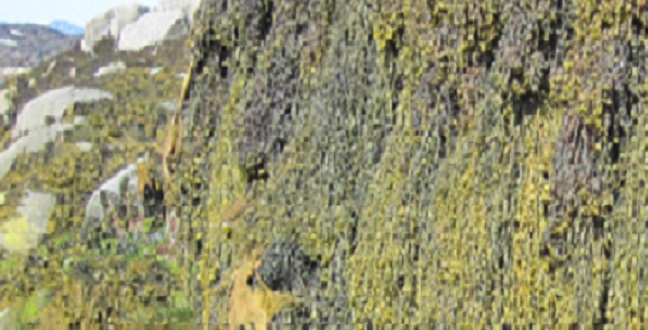
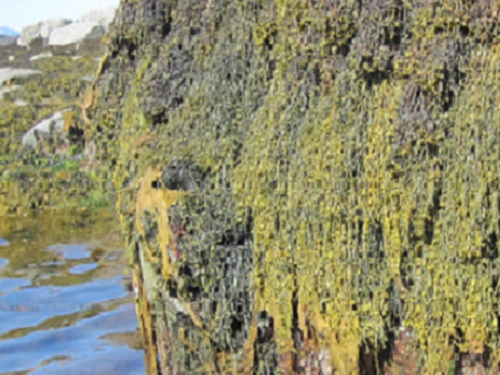
Intertidal macroalgae on the coast of Greenland.
© 2016 KAUST
The understanding of the global carbon cycle has been reshaped by KAUST researchers, who revealed a major role in this cycle for the abundance of seaweed growing around the world’s coasts.
Several years ago, Carlos Duarte, now director of the KAUST Red Sea Research Center, was among the first scientists to establish that marine vegetation plays a major role in the movement of carbon through the environment and all living organisms. The dominant players in the waters of coastal zones are macroalgae, more commonly known as seaweeds, such as kelp and sargassum.
Now Duarte and Dorte Krause-Jensen from Aarhus University in Denmark have reviewed and quantified the role of macroalgae in trapping carbon. Their estimate is a highly significant 173 trillion grams of carbon sequestered in coastal seaweed globally per year.
“Marine macroalgae have largely been excluded from the discussion of marine carbon sinks,” said Duarte. He explained that this is due to neglecting the accumulation of macroalgae in deep-sea sediments. His latest review suggests that around 90 percent of global sequestration of carbon by macroalgae could be due to the transport of this vegetation into the deep sea.
The researchers propose two main mechanisms for this transport—seaweed drifting through undersea canyons, and deposition by sinking when the marine vegetation loses its natural buoyancy.
“These processes in many vegetated coastal habitats sequester 10 times more carbon dioxide per hectare than a hectare of Amazonian forest,” said Duarte. This highlights the significance of seaweed when compared to a habitat often used as a carbon sink yardstick in discussions about climate change.
“Understanding the major carbon sinks in the biosphere is of paramount importance to identify where there are management opportunities to mitigate climate change,” Duarte noted. He explained that understanding where carbon goes provides opportunities for potential interventions that absorb more of the carbon dioxide that human activity releases into the atmosphere.
This latest analysis adds to other recent insights into carbon sequestration gained by Duarte and his colleagues, including a new understanding of the role of marine bacteria and of hydrocarbons deposited into the ocean from the atmosphere.
Duarte now plans to use advanced techniques to identify and quantify the significance of macroalgal carbon deposition in existing sediments. One tool to use will be DNA analysis, which can reveal the species that contributed to the carbon in sediments. The global importance of climate change makes such work vital for planning effective management of the planet.
References
-
Krause-Jensen, D. & Duarte, C.M. Substantial role of macroalgae in marine carbon sequestration. Nature Geoscience 9, 737–742 (2016).| article
You might also like
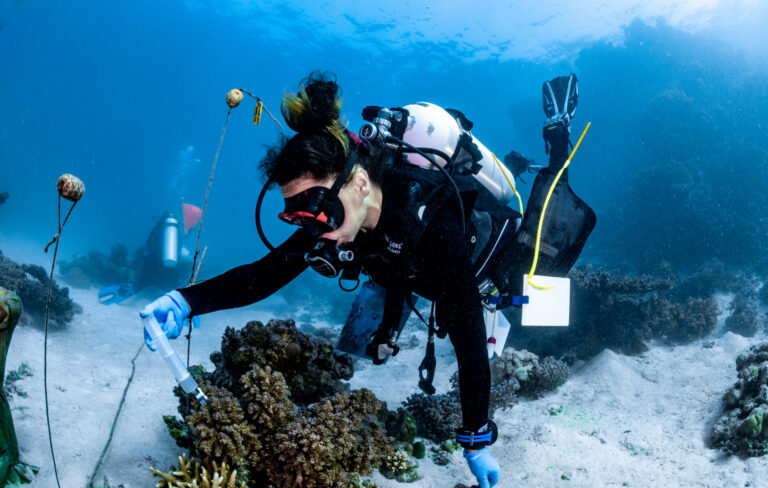
Marine Science
A place to trial hope for global reef restoration
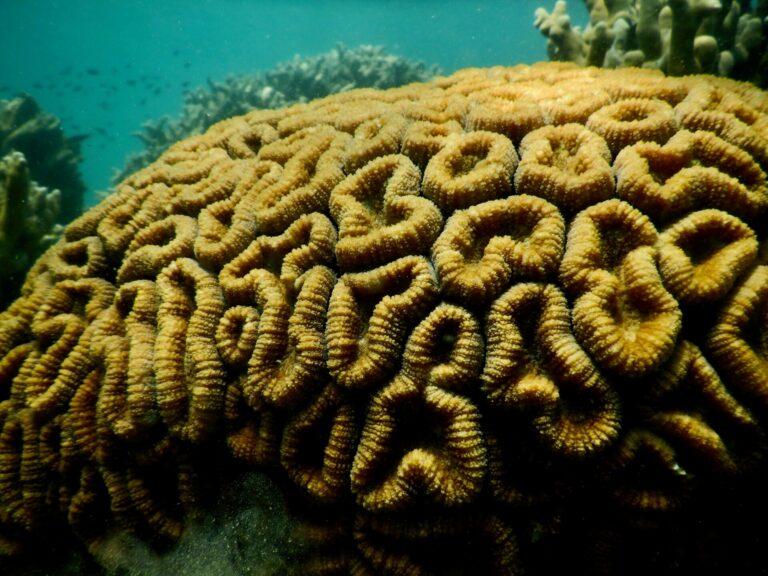
Marine Science
Reef-building coral shows signs of enhanced heat tolerance

Marine Science
Plastic-munching bacteria found across the seven seas

Marine Science
AI reveals the universal beauty of coral reef growth
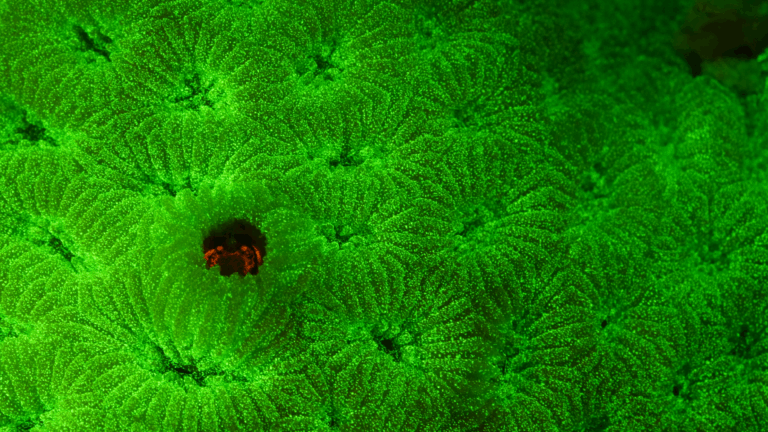
Marine Science
Tiny crabs glow to stay hidden

Marine Science
Mass fish deaths linked to extreme marine heatwave in Red Sea

Marine Science
Weeding out the secrets of Red Sea macroalgae

Bioscience



